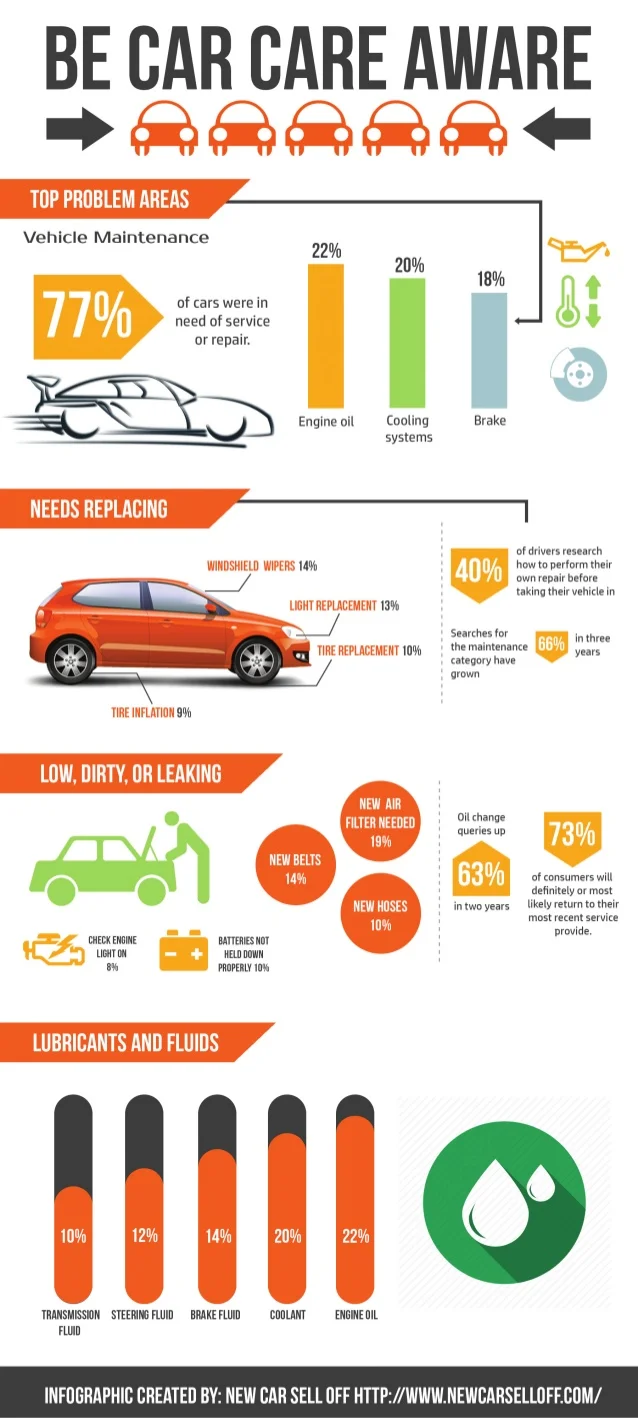Exploring The Genuine Analysis Of Your Car'S Warning Lights
Exploring The Genuine Analysis Of Your Car'S Warning Lights
Blog Article
Web Content Writer-Cheng Dreier
When you lag the wheel, those beautiful warning lights on your dashboard can be a bit difficult. Do you know what they're attempting to inform you regarding your automobile's health? Understanding the relevance of these lights is crucial for your safety and the durability of your vehicle. So, the following time one of those lights appears, wouldn't you intend to understand its message properly and take the needed steps to address it?
Common Warning Lighting and Interpretations
Recognize usual warning lights in your auto and understand their significances to ensure secure driving.
One of the most common warning lights consist of the check engine light, which signifies issues with the engine or discharges system. If this light begins, it's crucial to have your vehicle inspected immediately.
The oil stress advising light indicates low oil stress, calling for prompt focus to avoid engine damages.
A blinking battery light may suggest a faulty charging system, potentially leaving you stranded if not attended to.
The tire pressure tracking system (TPMS) light informs you to low tire pressure, impacting automobile stability and gas performance. Disregarding mercedes repair scottsdale might bring about risky driving problems.
The abdominal light indicates an issue with the anti-lock braking system, compromising your capacity to stop rapidly in emergency situations.
Lastly, the coolant temperature alerting light warns of engine getting too hot, which can result in extreme damage if not settled swiftly.
Understanding these common warning lights will assist you resolve issues immediately and preserve secure driving problems.
Value of Prompt Attention
Understanding the usual warning lights in your vehicle is just the initial step; the value of quickly resolving these warnings can't be highlighted sufficient to guarantee your safety when driving.
When https://autofrontsuspension06273.blog5star.com/28055573/master-the-art-of-changing-your-car-s-oil-by-adhering-to-the-detailed-guide-outlined-here brightens on your dashboard, it's your auto's means of connecting a possible concern that needs attention. Overlooking these cautions can cause much more serious troubles down the road, compromising your safety and potentially costing you a lot more out of commission.
Trigger interest to cautioning lights can protect against breakdowns and crashes. As an example, a blinking check engine light can show a misfire that, if left neglected, can cause damages to the catalytic converter. Resolving this promptly can save you from a pricey repair.
In a similar way, a brake system warning light may indicate reduced brake liquid or used brake pads, important parts for your safety when driving.
DIY Troubleshooting Tips
If you observe a caution light on your dashboard, there are a couple of do it yourself repairing pointers you can attempt before seeking professional help.
The first step is to consult your auto's manual to comprehend what the particular warning light suggests. In some cases the problem can be as simple as a loosened gas cap activating the check engine light. Tightening the gas cap might resolve the issue.
One more usual concern is a reduced battery, which can cause various warning lights. Checking the battery links for rust and ensuring they're secure may take care of the trouble.
If a warning light continues, you can attempt resetting it by detaching the cars and truck's battery for a couple of minutes and after that reconnecting it. Furthermore, inspecting your vehicle's liquid levels, such as oil, coolant, and brake fluid, can assist troubleshoot advising lights related to these systems.
Final thought
To conclude, comprehending your automobile's caution lights is crucial for keeping your vehicle running smoothly and safely. By quickly dealing with these alerts and recognizing what they indicate, you can avoid costly repairs and potential breakdowns.
Remember to consult your auto's handbook for certain information on each warning light and act accordingly to ensure a trouble-free driving experience.
Keep notified, stay risk-free when traveling!
